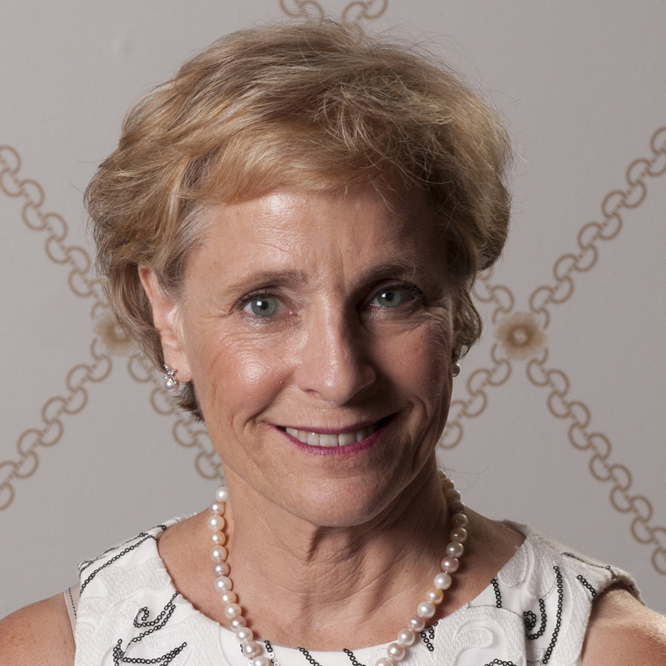Cancer death rate is falling, but we still have work to do – National Consumers League
 Have you or someone you love been affected by cancer? Chances are the answer is yes. Cancer is the second leading cause of death in men and women in the United States, and knows no boundaries of age, race, ethnicity, gender, or wealth. More than 1.7 million people will be diagnosed with the disease this year alone, while over 600,000 people are estimated to die from it.
Have you or someone you love been affected by cancer? Chances are the answer is yes. Cancer is the second leading cause of death in men and women in the United States, and knows no boundaries of age, race, ethnicity, gender, or wealth. More than 1.7 million people will be diagnosed with the disease this year alone, while over 600,000 people are estimated to die from it.
Nonetheless, the American Cancer Society’s (ACS) new report, Cancer Statistics 2018, shows that the cancer death rate in the United States has maintained a steady rate of decline, plummeting 26 percent since its peak in 1991 – translating to 2.4 million fewer cancer deaths over the last quarter century. This progress is largely driven by sharp declines in mortality rates in the four most common types of cancer – lung, colorectal, breast, and prostate. Conjointly, innovations in cancer treatment, better early detection and management practices, and a societal reduction in tobacco use have also played a role in this statistical shift.
Despite this good news, ACS’ report also reveals that, though narrowing, disparities in cancer mortality rates with respect to gender, race, and age still exist. Fundamental differences in the types of cancers men and women develop, and higher rates of smoking, excess alcohol consumption, and other cancer-related factors in men have created a huge gender gap – with the death rate for men 40 percent higher than that of women. Racial disparities are even more pervasive. Though the overall racial disparity in cancer death rates is decreasing, blacks still have the highest death rate and shortest survival of any racial group in the United States for the majority of cancers. Black men have an overall cancer death rate 24 percent higher than that of white men, and in fact, have the highest death rate of any other group. Black women, despite having lower cancer incidence rates than white women, have a cancer death rate 14 percent higher than their white counterparts. Beyond that, the racial disparities for some cancers, notably breast, are actually increasing. When accounting for age, the disparity in the death rates of blacks and whites 65 and older is significantly smaller than the disparity in death rates of blacks and whites under 65 – which is likely attributable to a higher proportion of insured Americans in the Medicare population.
Socioeconomic disparities, reflecting a lack of access to health care, work opportunities, wealth, education, and social support networks, are at the root of many of the disparities in cancer mortality. These social determinants of health are all indicators of whether an individual might have access to cancer prevention resources, early detection, or quality cancer treatment. Lack of health insurance, or underinsurance creates a barrier to comprehensive healthcare and increases the likelihood of later stage cancer diagnosis, when treatment is often more intense, costly, and frankly less successful.
If we are to continue the progress we have made in lowering the death rate of this horrible disease, we must recognize that it is as inextricably linked to policy as it is to one day finding a cure. The National Consumers League continues to advocate to preserve the consumer protections established by the Affordable Care Act (ACA), including preventing discrimination based on preexisting conditions, ending annual and lifetime limits on essential health benefits, and removing co-pays for key cancer prevention and early detection services like mammograms and colonoscopies. NCL also advocates to protect Medicaid, which puts health coverage within reach for the most vulnerable and disenfranchised among us. We all have a critical role to play in saving lives from cancer – and it starts with promoting good health in our communities, ensuring every consumer has access to quality and affordable health care, and improving the quality of life for every consumer and their families.


 Happy President’s Day! Given who is currently sitting in the White House, let’s change the subject and celebrate modern medicine as it affected the two American Presidents we are celebrating this holiday. Reading the news this week about the flu virus, I was reminded about how lucky we are in 2017 to avoid the scourge of infectious disease that afflicted both Presidents George Washington and Abraham Lincoln, two of my favorite presidents and the two this holiday is named for.
Happy President’s Day! Given who is currently sitting in the White House, let’s change the subject and celebrate modern medicine as it affected the two American Presidents we are celebrating this holiday. Reading the news this week about the flu virus, I was reminded about how lucky we are in 2017 to avoid the scourge of infectious disease that afflicted both Presidents George Washington and Abraham Lincoln, two of my favorite presidents and the two this holiday is named for.  Norma Flores López is a member of the National Consumers League’s Board of Directors. She is also the Governance and Collaboration/Development Manager of the East Coast Migrant Head Start Project.
Norma Flores López is a member of the National Consumers League’s Board of Directors. She is also the Governance and Collaboration/Development Manager of the East Coast Migrant Head Start Project.


 In August 2017, the National Consumers League, WomenAgainstAlzheimer’s, AARP, National Association of Nurse Practitioners in Women’s Health, and several other women’s health advocacy organizations met with Dr. Janet Woodcock, FDA’s Director of the Center for Drug Evaluation and Research (CDER), to discuss treatments for Alzheimer’s Disease (AD).
In August 2017, the National Consumers League, WomenAgainstAlzheimer’s, AARP, National Association of Nurse Practitioners in Women’s Health, and several other women’s health advocacy organizations met with Dr. Janet Woodcock, FDA’s Director of the Center for Drug Evaluation and Research (CDER), to discuss treatments for Alzheimer’s Disease (AD).  This blog post was
This blog post was 












